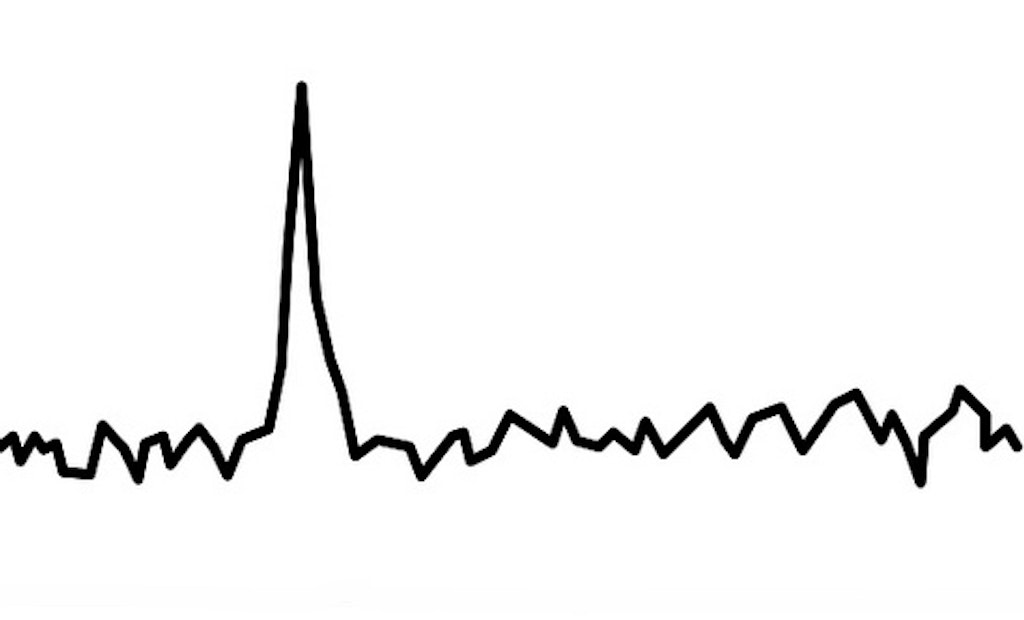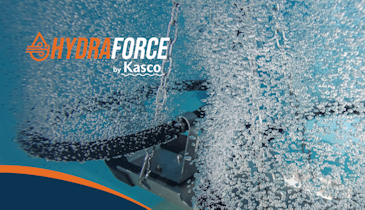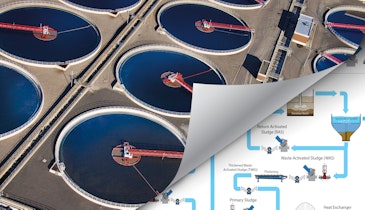In almost all things, wastewater treatment operators need to strike a delicate balance. They are asked to maintain cutting-edge processes but to remain within budget. They are expected to deal with the effects of climate change but remain energy efficient. And when it comes to meeting effluent regulations, the right balance can be even harder to maintain.
To keep effluent within the bounds of their permits, operators are focused on determining the chemical makeup of these waste streams and the precise amount of chemicals that need to be introduced to get it clean enough for environmental discharge. When it comes to issues as prevalent as nutrient pollution — the presence of nitrogen and phosphorus in wastewater that can form toxic algae if released into source bodies — chemicals can be a treatment operator’s greatest tool. So long as the tools are used correctly, that is.
Problems with overdosing or underdosing
The costs associated with underdosing are fairly self-evident. A failure to introduce enough chemicals to keep wastewater quality within regulatory limits can lead to exorbitant fines, operational mandates and irrevocable hits to an operation’s reputation.
But on the other hand, operators need to be just as cautious when it comes to using too many chemicals. The temptation to be safe rather than sorry, to overdose with the chemicals necessary to get wastewater effluent within permitted quality, is understood. But overdosing brings a breadth of problems that should make treatment operators think twice.
For instance, when a treatment plant increases its use of polymer or tweaks the concentration of polymer during flocculation, it can create what is known as “pin floc” — floc that is so small and light that it will float at the top of the wastewater stream and won’t settle. This floc, which contains contaminants, can then create an effluent that will not meet permit standards.
When it comes to nutrient removal, it is all too common for wastewater utilities to overdose with ferric chloride, a chemical primarily used to combat the presence of phosphorus. If operators use too much of a coagulant like ferric chloride, they can cause a reversal in charge, forcing the stream’s suspended solids to destabilize and complicating the entire treatment process.
And even if operators avoid a mistaken chemical reaction when overcompensating with chemicals, they are certainly throwing money away with every unnecessary addition. An estimate of a plant processing 100,000 cubic meters of wastewater per day put the total cost of chemicals at $21,000, about 6 percent of that plant’s average continual costs. With shrinking budgets and rising energy and technology expenses, treatment plants can’t afford that price to rise any higher, particularly when the use of excessive chemicals is meant to avoid violation fines in the first place.
The tools for balance
With equally problematic outcomes stemming from overdosing and underdosing of effluent with chemicals, wastewater treatment operators must ask themselves how to find the right balance to treat adequately and cost-effectively. More and more are finding their solution on the cutting edge of measurement technology.
While over- or underdosing may have once stemmed from a misunderstanding of what constituents made up an operation’s waste stream or what levels of chemicals were needed to correct it, advances in chemical meters and instrumentation should now eliminate that issue. Advanced chemical technologies, like laboratory meters with the ability to automatically recognize testing parameters and calibration history or instrumentation that can provide real-time data on waste streams to operators, are now available and should be put to use.
The key to proper chemical dosing seems to lie in accurate measurement, both of the exact, up-to-the-minute needs of a waste stream, as well as the precise amount of chemicals being added to it. Of course, it’s also paramount that treatment staff have a complete understanding of how wastewater constituents will react once certain chemicals are introduced. But even the most knowledgeable operators have been known to make dosing errors, and giving them the best tools available will be the easiest way to avoid those pitfalls in the future.
For more information on advanced chemical technologies, visit www.hach.com.






